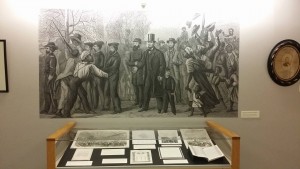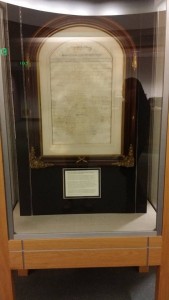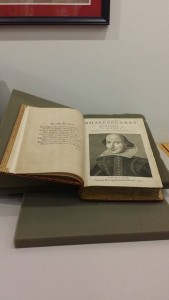I was only able to join for the second half of the Cafe Series, but I really enjoyed the topic. When I had walked in, Professor Ohlins was talking about the ICC (International Criminal Court), describing it as a court for war criminals located in the Netherlands. Although it has nothing to do with the United Nations, it is quite similar in its function. I found it a little odd that something that has a similar function as the UN isn’t directly tied to it. But Professor Ohlins later mentioned that not all countries are involved in it, one being the United States, and it got me thinking that not all those involved in the United Nations are interested in keeping war criminals in jail or punishing them. With this in mind, possibly the United States’ government thinks that if we join, there would be many instances where we could be put on trial for that would be considered war crimes. Regardless, I think it’s a little controversial that we’re not involved in the ICC, especially since there are some measures of managing what cases are brought to the ICC. Very few cases end up at the ICC because (1) there needs to be some sort of method to hear the case (like the country needs to have joined the ICC) and they can be brought to court and (2) the country has veto rights, so the case can’t get to the ICC if it gets vetoed. That already sounds like a large amount of power given to each country.
Also, I was very absorbed during the talk about who is considered a war criminal. Many people think Omar al-Bashir is considered a war criminal, but when he went to visit South Africa, the South African government did all it could to prevent al-Bashir from getting captured. That led into an intense conversation about South Africa’s view on how al-Bashir cannot be considered a war criminal because he’s a President and a person of power, so he has diplomatic immunity, which should trump the arrest warrant. I think it’s somewhat understandable why South Africa would view the situation in this way because if we arrest al-Bashir in the middle of his reign, the entire community would collapse and possibly fall into anarchy. Or more killings would result from it. Although we would all love to see al-Bashir in custody of the ICC, South Africa took a different perspective, and it’s respectable (but wrong because they broke the rules that come with the arrest warrant and it sucks because there’s no strong enforcement of the ICC’s decisions).



